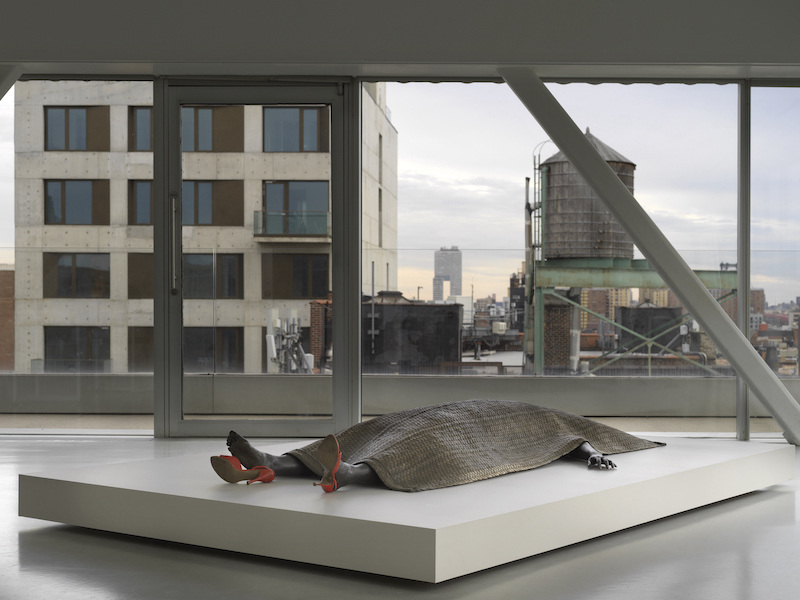
This is Turning Points, CULTURED’s column dedicated to big life choices, bucket list moments, career shifts, and forks in the road
In her early 20s, Isolde Brielmaier—now the deputy director of the New Museum in New York—wanted to be the next Christiane Amanpour. But she quickly realized that broadcasting wasn’t a good fit. Not because she wasn’t well-suited to the work—quite the opposite. It “wasn’t well-suited to me,” she says. People can be good at “a multitude of things,” she continues, and “it's the thing that has to be flexible and fluid.” At the time, broadcasting was neither flexible nor fluid, especially for a Black woman interested in social justice. But the art world was. While Brielmaier certainly wasn’t “visually represented in the traditional canon of art history,” she found scholars, curators, and artists who were talking about issues she’d always held close to her heart: “not only their craft and their practice, but also about what the work was doing out in the world.”

“I started off as a dancer at age six. The performing arts are very much about presentation, engagement, and audience. If you think about my work as a curator, those elements come into play.
In college, I was interested in issues of social impact and representation, [especially] in terms of supporting criminal justice reform. So I thought I would try my hand at being a broadcaster. Drawing on my travels and multicultural background—part of my family's Ugandan and part is Austrian—I thought, Wouldn't it be incredible to build on all of those loves and travel around the world and meet people and create platforms with them to share their stories?
I quickly found out that, at the time, broadcast journalism was very white and male-dominated and it was kind of conformist. I found that a bit soul-crushing.
[I worked] for about six months at ABC. And then I worked at a local affiliate in Seattle, which is where I'm from originally. Those two experiences gave me enough information to say, 'This is gonna be a tough place for me.' I was not mirrored anywhere around me.

From broadcast journalism, I went into policy work around criminal justice reform. I worked to develop a new model of caring for people who were in the prison system. But on the side, I was leading tours at the Museum for African Art, and one thing led to another and I ended up being referred to a job at the Guggenheim. The rest was history.
The things that drew me to broadcast journalism and the things that drew me to policy work very much exist within the contemporary art space, at least for the artists that I am drawn to.
I did not build my career on solely feeling like I belonged. If that had been my focus, it would have just been really tough going, because there just weren't a lot of Black people; there weren't a lot of women; and there certainly weren't a lot of Black women in any field. But then there were these moments in the visual arts where I would see people and be like, 'Oh my gosh, what a trailblazer.'

Photography by Benoit Pailley. Image courtesy of the artist and the New Museum.
There was still a very traditional path. The notion of an independent curator was not really a thing. [Late curator] Okwui Enwezor told me that I really should get a graduate degree. I remember him telling me, 'That is your insurance as a Black woman.' It wasn't just because of him, but I did get that PhD. And normally, you would get a PhD and then go work in-house somewhere. But I was curating shows here and there, and then I got an offer to teach. I opted for a contractual position because I wanted my time to be my own. I remember people being perplexed, saying, 'You're gonna turn down a tenure track position?' Or, 'Why don't you want to work in a museum?'
But I was just following my own drumbeat and making it work.
Prior to joining the New Museum, I wrote catalogues there, I did programs, I collaborated on a big show they did 20 years ago, I was a trustee. I engaged from so many different perspectives, and I'm able to bring that to bear—in culture and, specifically, with museums.
I didn't feel at the margins [in the art world] because I was hanging out with these brilliant minds that were having these incredible conversations. Some of it is really about just finding your people.”










 in your life?
in your life?

